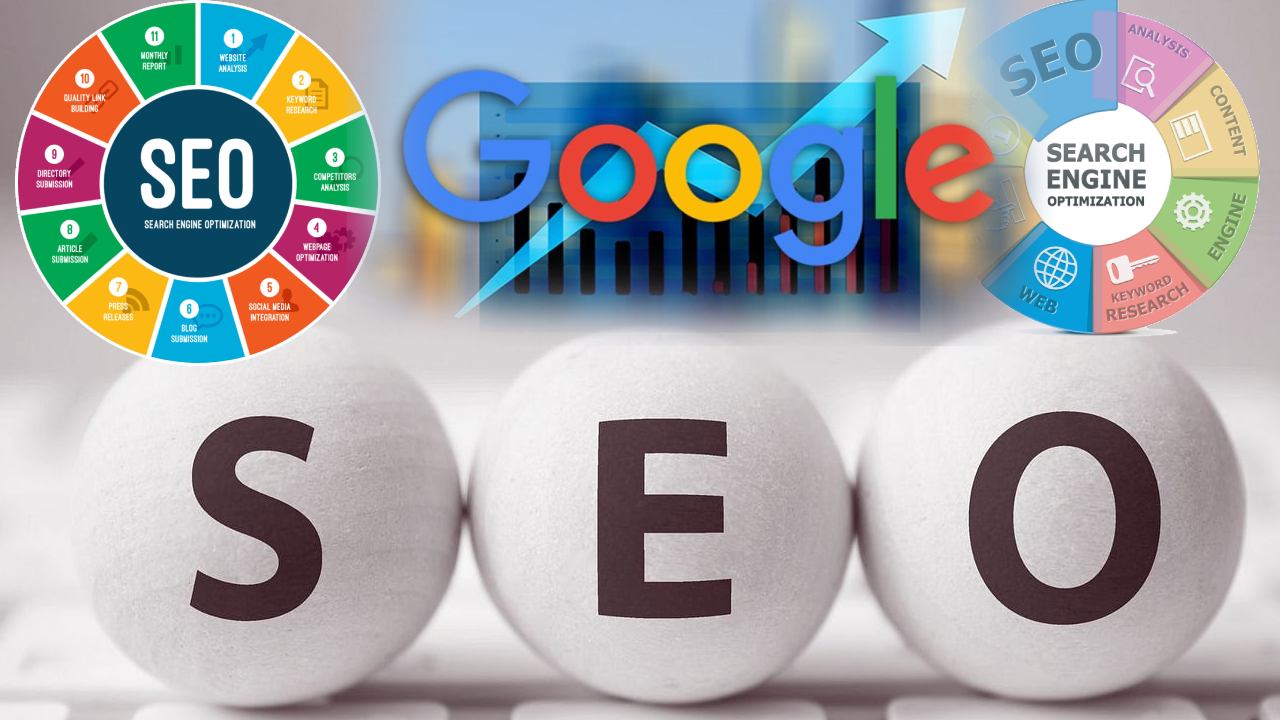SEO writing for 2025 will require greater sophistication and accuracy than ever. As Google’s algorithm is constantly evolving, knowing how to efficiently create visible blog posts and engagement is vital. Here are eight guidelines for creating blog posts that rank well on Google in 2025, particularly when you provide the services of digital marketing.
1. Prioritize User Intent and Experience
Understanding the user’s intent is essential to getting a good ranking on Google. Your content must answer your target audience’s questions in depth. Google’s algorithm, based on AI, favors content that offers amazing user experiences and matches the search intent precisely.
For this to be done effectively to achieve this effectively, you must begin with thorough keyword research. This includes identifying not just keywords, but the purpose behind them. For example, if a term refers to “digital marketing services,” consider whether users are searching for the SEO services providers, pricing details, or specific strategies. Make content that meets the exact purpose easily and clearly.
2. Optimize for Semantic SEO
Semantic SEO is the process of optimizing content to meet the larger context and importance instead of focusing on individual keywords. Google’s knowledge of semantics and topics implies that writers must concentrate on topic clusters, not individual keywords.
Apply semantic SEO by organizing information into relevant clusters based on key topics such as digital marketing, including subtopics like PPC, content marketing, social media marketing, SEO, and more. Tools such as Google’s Keyword Planner or Ahrefs can aid in identifying similar terms and topics, which allows you to develop comprehensive and relevant content.
3. Write Long-Form, Comprehensive Content
The 2025 timeframe will see longer and more elaborate blog posts continue to outperform content that is shorter in length. In general, comprehensive articles are viewed as more valuable due to the fact that they address multiple questions from users in depth.
Try to write content that is between 1200-2000 words when writing on more complex topics like online marketing. For instance, a thorough guide that covers aspects such as the types of digital marketing services and their benefits, along with selecting the best agency, usually outperforms brief overviews. Make sure to include well-organized sections, bullet points, and examples to make it clear.
4. Enhance Readability and Structure
Google is increasingly averse to pages that are easy to understand and well-structured. Clean headlines, subheadings, and lists, and short paragraphs are vital to enhance accessibility and user experience.
You can accomplish this by breaking up your content into smaller sections that are digestible. Use tools such as Hemingway Editor or Grammarly to keep your readability scores. For instance, under the heading of a blog “Choosing Digital Marketing Services,” clearly defined sections might comprise “Defining Your Goals,” “Budget Considerations,” and “Evaluating Agencies.”
5. Incorporate Multimedia Content
In 2025, the integration of multimedia such as videos, images, and infographics can boost SEO rankings dramatically. Google is a fan of diversity in content and recognizes multimedia as an effective way to increase engagement.
Integrate interactive and visual elements efficiently by embedding relevant images, videos, or infographics that are related to digital marketing. For example, you could include an explanatory video of “What to Expect from Digital Marketing Services,” increasing user engagement as well as extending the time of a stay, which positively affects the ranking.
6. Prioritize Mobile Optimization
With the number of mobile searches growing constantly, the importance of making sure that your content is optimized for mobile usage is essential. Google’s Mobile-first indexing emphasizes mobile-friendly performance.
Make sure you are implementing efficient mobile optimization by selecting the most responsive designs and improving loading speed. Test your blog’s content using Google’s mobile-friendly test tools. For example, the blog post that explains “Digital Marketing Services Trends for 2025” will load fast, show clearly, and give a smooth and easy navigation experience for mobile devices.
7. Leverage Internal Linking
Internal linking is crucial to guide users and search engines around your site, increasing content relevancy and spreading authority efficiently.
Create internal linking by strategically using relevant links within your blog article. For instance, if you are talking about SEO as part of digital marketing, Link internally to more detailed articles on SEO good practices, as well as SEO tools. Make sure to regularly check internal links to ensure that they are performing at optimum levels.
8. Keep Content Fresh and Regularly Updated
Google recognizes regularly fresh and up-to-date content that is regularly updated and current. Content that is regularly refreshed sends signals to search engines that your content is relevant and trustworthy.
Update content effectively by reviewing blog posts on a semi-annual basis or quarterly to ensure their accuracy. Also, make sure they include current trends or data. For instance, regularly updating the post entitled “Ultimate Guide to Digital Marketing Services” using new tools, statistics, or case studies helps keep the content current and increases its search engine rank potential.




